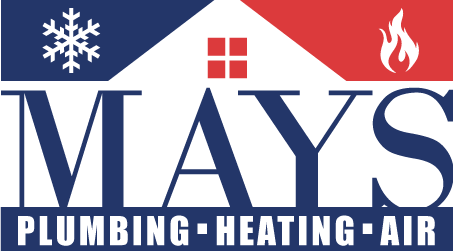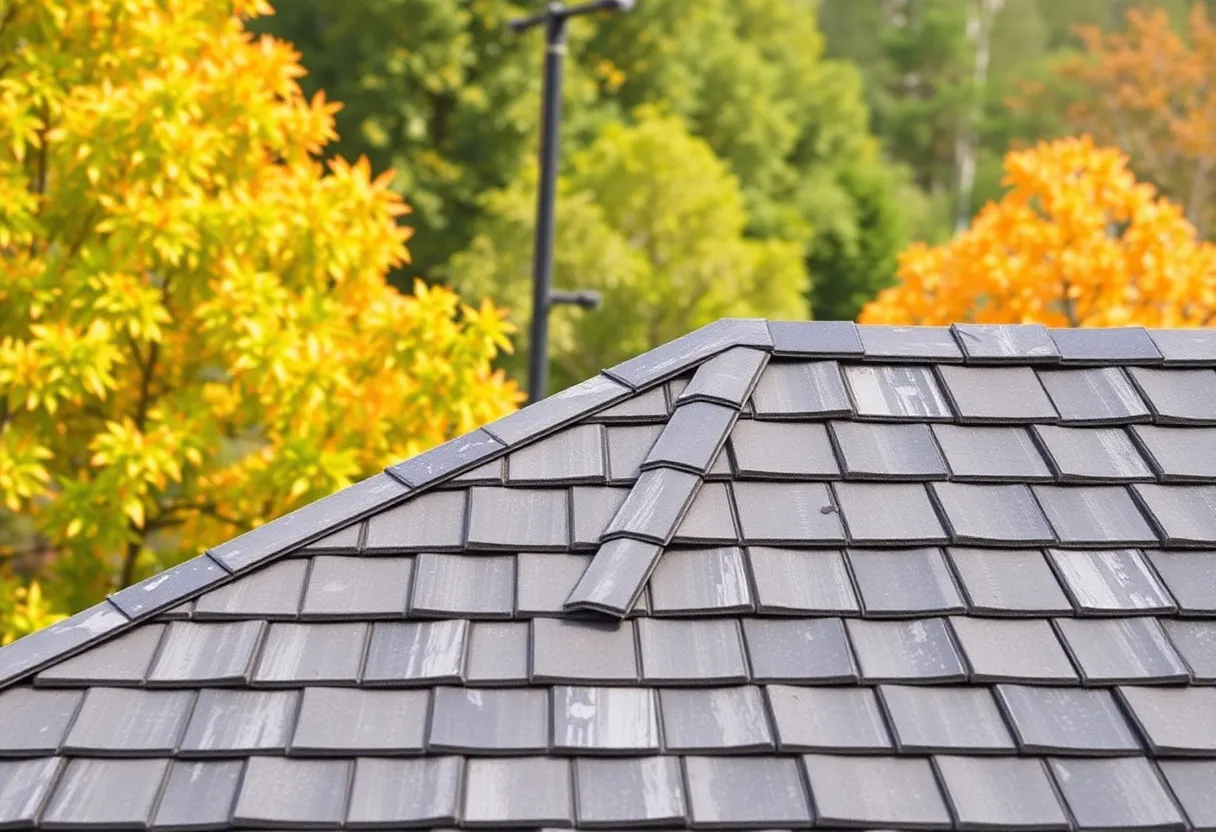How to Choose the Right Roof Design for Your Home’s Climate Challenges
Choosing the appropriate roof design for your home is a critical decision that can significantly impact your comfort, energy efficiency, and long-term maintenance costs. Every region experiences unique climatic challenges, from intense heat and humidity to heavy snowfall and high winds. Selecting a roof that can withstand these elements is essential for protecting your investment and ensuring a durable, safe living environment.
Understanding Your Climate
The first step in selecting a roof design is to thoroughly understand the specific climate challenges your home faces. Common climatic conditions include:
- Heat and Humidity: In regions with extremely hot and humid weather, roofs must mitigate heat absorption while allowing adequate ventilation.
- Snow and Ice: In cold climates with heavy snowfall, roofs need to support the weight of snow and prevent ice dams.
- Wind: Areas prone to hurricanes or strong storms require roofs designed to withstand high wind speeds.
- Rain: Homes in regions with heavy rainfall need roofs with effective drainage systems to prevent water damage.
Key Roof Design Features for Various Climates
1. Flat Roofs
Flat roofs are often seen in arid climates. Their minimal slope allows for maximum use of rooftop space for solar panels or gardens. However, they can present issues in areas with heavy rainfall if not engineered with effective drainage systems. Not suitable for snowy environments due to potential snow accumulation and subsequent structural strain.
2. Gable Roofs
Gable roofs are widely used in temperate climates due to their steep pitch, which enables snow and rain to slide off easily. This design helps prevent moisture buildup that can lead to leaks and structural damage. However, in areas prone to high winds, additional reinforcements may be necessary to safeguard against uplift.
3. Hip Roofs
Hip roofs have slopes on all four sides, providing excellent stability in high-wind regions. They are efficient for shedding snow and rain; however, they may underperform in extreme heat as they can trap more heat than gable designs. Choosing reflective roofing materials can counteract this effect.
4. Mansard Roofs
Mansard roofs utilize two slopes on each side, which create additional living space in the attic. They are effective in snowy climates due to their slope and can be designed with dormers to allow ventilation. Nevertheless, they can be less viable in high-wind conditions unless constructed with durable materials and secure connections.
5. Shed Roofs
Shed roofs feature a single slope, making them ideal for modern architectural designs. They work well in dry, hot areas by promoting ventilation and reducing heat buildup. However, they may present challenges in climates with heavy rains if drainage is not correctly managed.
Materials Matter
The choice of roofing materials is just as crucial as the design itself. Different materials offer various benefits depending on the local climate:
- Asphalt Shingles: Popular in many climates for their affordability and versatility. They perform well in moderate temperatures but can degrade in extreme heat.
- Metal Roofing: Excellent durability and resistance to harsh weather conditions, including high winds and heavy snow. They can reflect heat, making them suitable for hot climates.
- Clay and Tile Roofing: Ideal for hot, dry regions, as they provide excellent insulation and can withstand intense sunlight. However, they may not be suitable for heavy snowfall.
- Slate Roofing: Highly durable and suitable for cold climates due to its resistance to freezing temperatures. It’s an investment but can last for decades.
Consider Energy Efficiency
An energy-efficient roof design can significantly reduce heating and cooling costs. Ensure your selected roofing system incorporates features such as:
- Reflective Properties: In hot climates, select materials with high solar reflectance to minimize heat absorption.
- Insulation: Proper insulation in colder climates is crucial to prevent heat loss and ensure energy efficiency.
- Ventilation: Adequate ventilation helps regulate temperature and moisture levels, especially in humid climates.
Local Building Codes and Regulations
Before finalizing your roof design, consult local building codes and regulations. Many municipalities have specific requirements based on climate-related risks, such as wind resistance ratings or snow load requirements. Meeting these standards is essential for ensuring compliance and safety.
Professional Consultation
Engaging a roofing professional or architect familiar with local conditions is advisable. They can provide tailored advice and recommendations based on your home’s unique characteristics and local climate challenges.
Conclusion
Choosing the right roof design for your home requires careful consideration of climatic factors, materials, energy efficiency, and local regulations. By addressing these aspects, you can select a roof that enhances your home’s resilience, comfort, and value. Remember, a well-designed roof not only protects your home in the face of climate challenges but is also an investment toward sustainable living.
Author: STAFF HERE CLINTON
The CLINTON STAFF WRITER represents the experienced team at HEREClinton.com, your go-to source for actionable local news and information in Clinton, Laurens County, and beyond. Specializing in "news you can use," we cover essential topics like product reviews for personal and business needs, local business directories, politics, real estate trends, neighborhood insights, and state news affecting the area—with deep expertise drawn from years of dedicated reporting and strong community input, including local press releases and business updates. We deliver top reporting on high-value events such as the Festival of Discovery, Clinton Community Day, and performances at the Whitten Center Amphitheater. Our coverage extends to key organizations like the Clinton Area Chamber of Commerce and the Laurens County Historical Society, plus leading businesses in manufacturing and education that power the local economy such as Milliken & Company and Presbyterian College. As part of the broader HERE network, including HEREAiken.com, HEREBeaufort.com, HEREChapin.com, HERECharleston.com, HEREClinton.com, HEREColumbia.com, HEREGeorgetown.com, HEREGreenwood.com, HEREGreenville.com, HEREHiltonHead.com, HEREIrmo.com, HEREMyrtleBeach.com, HERENewberry.com, HERERockHill.com, and HERESpartanburg.com, we provide comprehensive, credible insights into South Carolina's dynamic landscape.




 Mays Contracting
Mays Contracting

